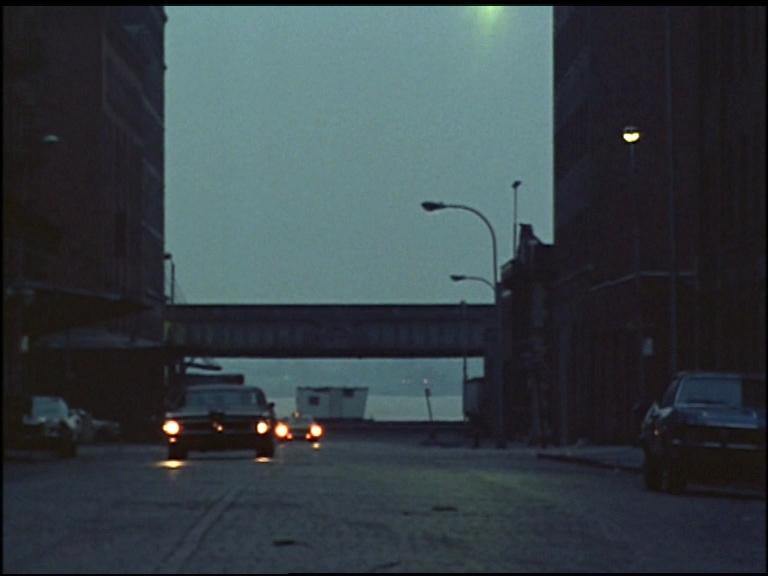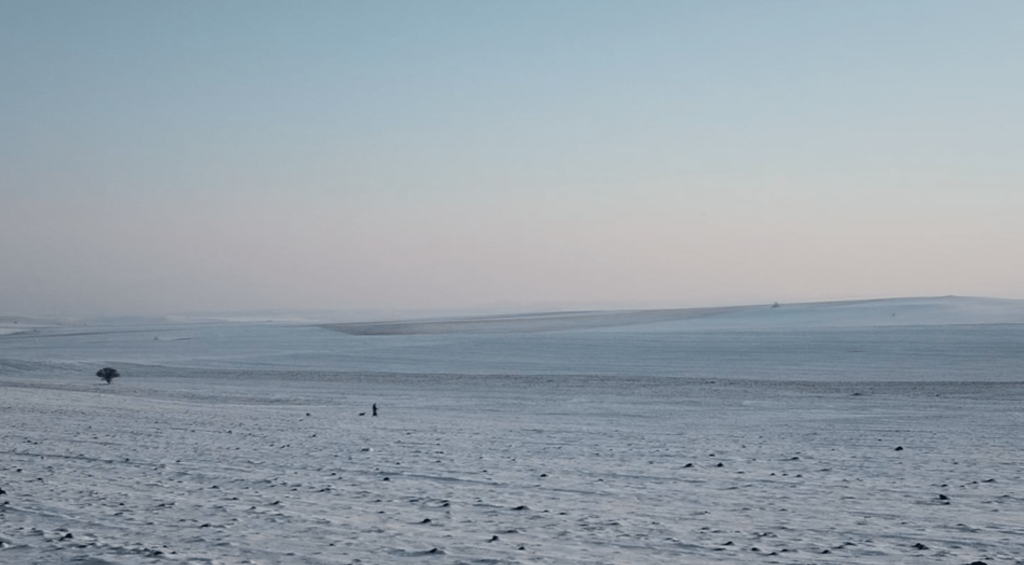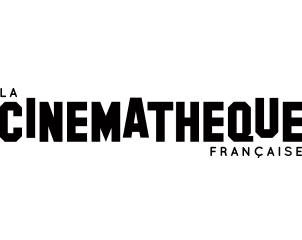Moving Cinema
FilmViewing – Filmmaking Kits: Diary of spaces (ES)
(ES) ‘Diaries of spaces’ is a proposal specifically designed to encourage discovery of cinema as a way of looking and appreciating our everyday environment. It is devised as the first experience and initiation. We are going to take our first steps in the cinema which will become our companion in our daily life and which we will become able to create with tools that are readily available for us: a mobile phone or a home photo camera.
(ES) Introduction
(ES) The majority of students will be filming the world for the first time. Perhaps they have made some videos with a mobile, but it is likely that many of them didn’t pay attention to the questions that now we are going to propose them: to observe the transformations of the light, to observe the view through the window, to frame the sky, to maintain a longer shot…
Very accurate words by David Perlov in his Diary will show us the way in this initiation: ‘I want to approach what is quotidian. It takes time to learn how to do it.’ We are setting off for a passionate journey, full of discoveries! Together with Perlov and other filmmakers, photographers and painters we will discover cinema in its most powerful sense: its ability to frame the world, frenzy of infinite choices, wonder and trust in cinema and in the world when we look at it attentively.
(ES) Some examples of practice developed in the moving cinema workshops with mobile phones or home cameras
Desarrollo
Traducción
Some pictorial and photographic references
The representation of landscapes, places and spaces has inspired innumerable artists of different styles and times. It would be beautiful and interesting to look at paintings by painters who have extensively explored the motive of clouds: we could find inspiration, for example, in the artworks by Gustave Courbet, John Constable or Pierre-Henri de Valenciennes. Some particular paintings by Nicolas de Staël could also enrich the way we look at the landscape and the sky.
The projects by photographers Bleda and Rosa are also highly evocative.
And without any doubt, we can set off for a precious journey through the paintings and photography of windows. In fact, the first picture in the history of photography, taken by Nicéphore Niépce in 1827, was made through a window, and since that moment a huge number of other authors of reference, such as André Kertész, Alfred Stieglitz or Paul Strand, have been exploring this motive.











